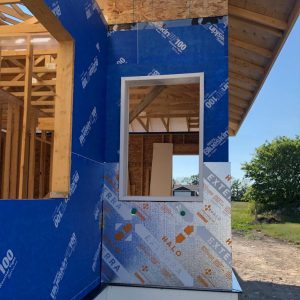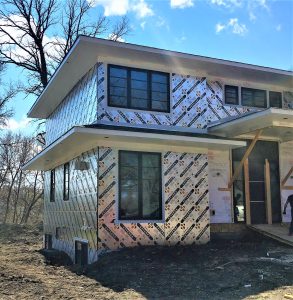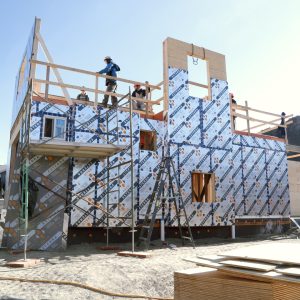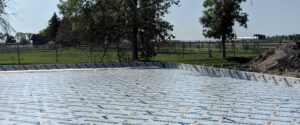Here are the three separate ways Halo Exterra foam board insulation works to reduce energy loss. You might be surprised by what you learn.
1. Exterra Provides a Long-Lasting R-Value That’s Actually Higher Than XPS Over Time
Halo Exterra’s graphite polystyrene (GPS) foam core has a unique feature – the graphite particles that add extra thermal resistance. Thanks to the graphite, GPS foam boards like Exterra can achieve R-values of R-4.7 – higher than plain EPS.
Now, any industry pro can point out that Extruded Polystyrene (XPS) offers a higher initial nominal value of R-5/inch; and this is true. However, not everyone knows that XPS foam cores break down as time goes by and the R-values follow suit, falling to R-4.7 in only five years, and will move even lower as more years pass. The deterioration happens because of the blowing agents used in making XPS deplete over time.
With GPS, on the other hand, the air is the blowing agent, which makes the core more static. Thanks to the longer life span of their cores, GPS panels avoid the crumbly fate of their XPS peers, and their thermal resistance will continue to score R-4.7/inch as time goes on.
2. Exterra Eliminates Thermal Bridging
A building’s structure – whether light gauge steel or lumber – poses a major challenge to stopping heat flow. No matter how high the R-value of an insulation product is, the studs weaken it by conducting heat to the cold side of the wall.
Just so you have an idea of how detrimental this “thermal bridging” effect is, consider the loose-fill or batt insulation that so many of our homes rely on to stay warm. While the nominal R-value of the insulation in a typical 2×6 stud wall is R-20, thermal bridging drives the effective R-value of the same wall down by 21% to only R-15.8.
But by shielding the cold side of the wall with a continuous foam board insulation like Halo Exterra, you cap the ends of heat-carrying studs with a layer of R-5 insulation. This extra layer alone improves the wall’s effective thermal resistance from R15.8 to R20.8 – a surprising 31% increase in effective R-value added to the wall assembly with just this single step!
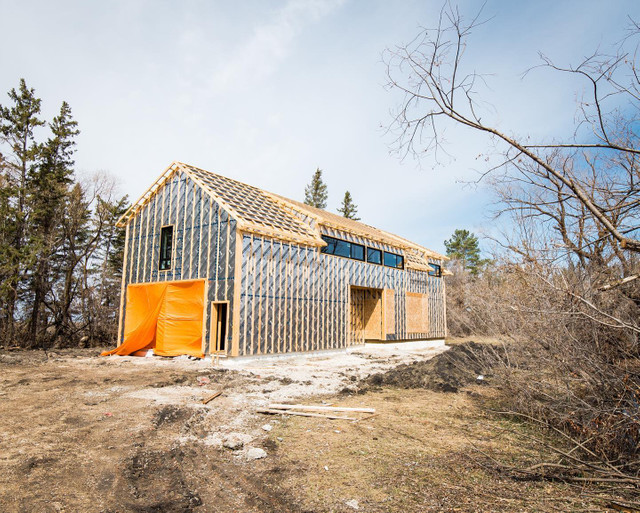




Don't miss a thing!
Subscribe for exclusive content, insider industry news and limited edition webcasts.
3. The Most Surprising of all – Exterra Adds A Thermal Lag!
As outdoor temperatures fall, the heat inside a building tries to find its way out (heat seeks cold). The outward heat energy flow through an insulated wall starts with a trickle and increases until it plateaus. When the heat flows through the wall plateaus and stays constant, the wall assembly is in “Steady State.”
The rate of heat loss through the wall before the steady-state is much lower than the heat-loss through the wall at a steady state.
A wall that takes longer to reach steady-state than another is said to have more “thermal lag”.
So here is the most surprising thing of all – a 2×6 wall with a layer of continuous insulation like Halo Exterra takes much longer to reach steady-state than most would expect – and that creates a new, additional level of energy savings!
To see how this additional thermal lag reduces energy use, let’s look at the results of a guarded hot box test. The investigation was performed per ASTM-1363-11, and tested the thermal lag, as well as the heating output, with two specimens: a stud wall, and a wall with c.i.
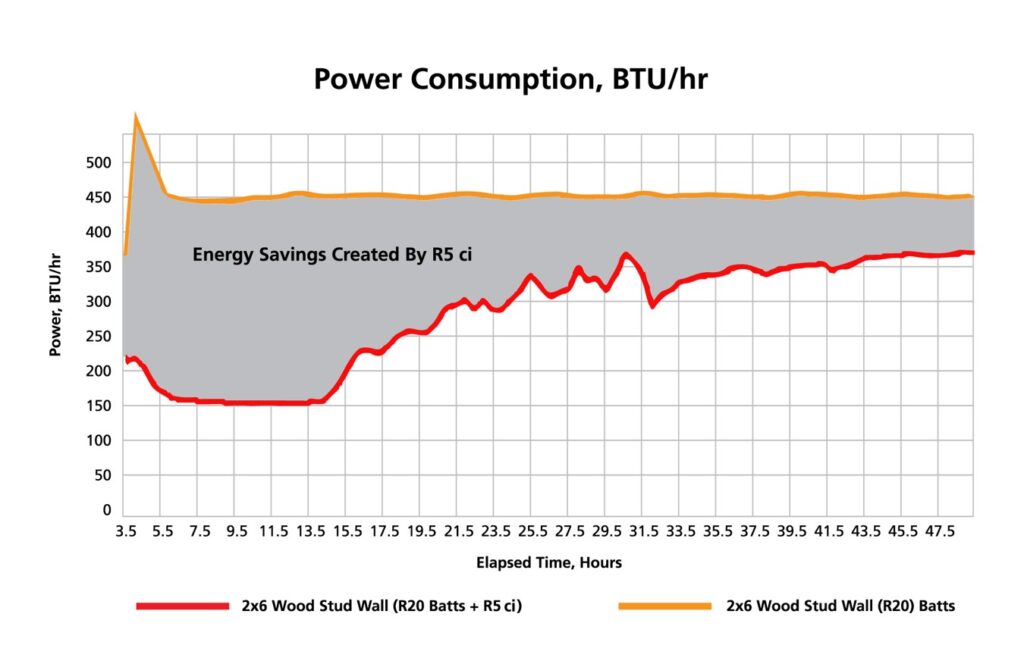
In the test, the regular 2×6 stud wall achieved its steady-state – thrusting the heater to its peak output of 450 BTUs/hour – in about 6 hours.
In contrast, the 2×6 wall with c.i. took a full 45 hours to reach a steady-state – over seven times longer than the other wall – at which point it operated at 350 BTUs/hour.
Not only did this heater use a full 45% less energy while getting to the steady-state, but it also used substantially less energy once there.
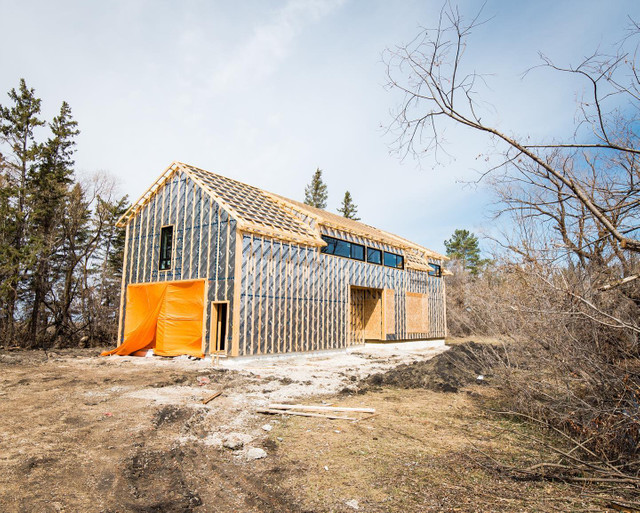
Wrapping It Up
The chief aim of any insulation product is to control heat flow through a building’s walls and curb the strain on heating systems. This aim cannot be met with high R-values alone – as we saw above, real-world factors like deterioration and thermal bridging can slash the highest of R-values in half.
Halo Exterra’s GPS core negates these risk factors with a long-lasting foam core and continuity. As a bonus, these panels prolong the thermal lag to keep heaters running below full capacity longer.

